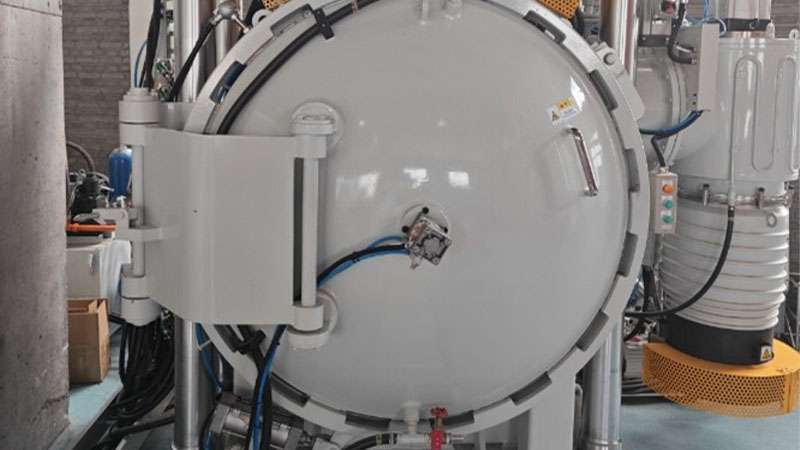With the rapid growth of industries such as aviation, nuclear power, and new energy, the demand for precision joining technologies like diffusion bonding has surged. As a solid-phase welding method, diffusion bonding has become an essential, irreplaceable process.
Shenshi Technology, a provider of high-efficiency, energy-saving heat exchangers and thermal management solutions, actively employs fully implemented diffusion bonding processes for materials such as silicon carbide, high-temperature alloys, titanium alloys, aluminium alloys, copper, and duplex steel—contributing to global low-carbon initiatives.
Diffusion bonding enables metallurgical bonding through atomic diffusion, avoiding issues such as grain coarsening and heat-affected zone damage. It can achieve over 90% of the base material’s strength without requiring filler materials, allowing greater flexibility in working media and temperatures. This makes it especially suitable for applications demanding high precision and reliability.
Compared to traditional fusion welding, diffusion bonding reduces energy consumption by 30%–50% and eliminates pollutants such as smoke and spatter, supporting the shift toward green manufacturing. As global carbon neutrality efforts accelerate, its benefits—such as reduced material waste and the efficient joining of dissimilar metals—will become increasingly vital in high value-added manufacturing.
| Diffusion Bonding | Brazing | |
| Strength of Bonding surface | Parent material strength (90~100%) | Parent material strength (usually 40~70%) |
| Maximum pressure design | 100MPa | 14MPa |
| Maximum operating temperature | Close to the limit of the base material | Limited by the solder |
| High temperature pressure resistance/ creep resistance |
Excellent (interface homogeneity) | Medium (defect sensitive) |
| Fatigue resistance | Excellent (interface homogeneity) | Medium (defect sensitive) |
| Corrosion resistance | Close to the limit of the base material | Limited by the solder |
| cost of production | High | Low |
| Applicable industry | Aerospace, nuclear power, supercritical CO₂ systems, LNG, Hydrogen |
HVAC, automobile, medium and low pressure chemical industry |
| Note: The bursting pressure is in accordance with UL specifications: bursting pressure = design pressure * 5 | ||


